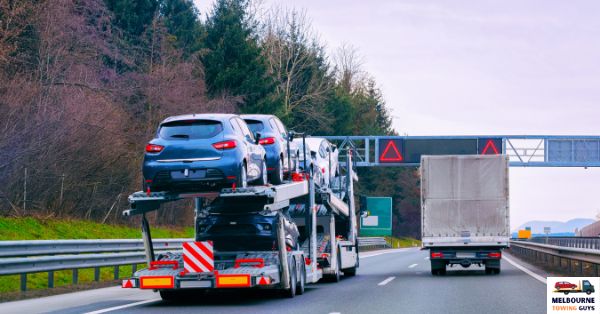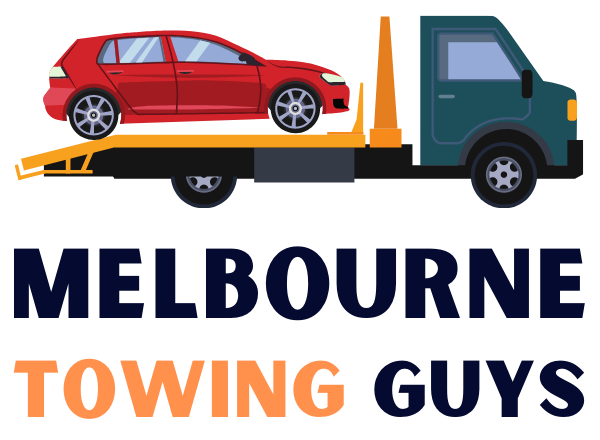Transporting heavy equipment is a task that requires meticulous planning, specialized equipment, and a commitment to safety. Whether you’re moving construction machinery, industrial equipment, or oversized loads, ensuring the safe and secure transportation of heavy items is paramount. In this comprehensive guide, we’ll explore the essential steps and considerations for safely transporting heavy equipment, whether it’s across town or across the country.
1. Preliminary Assessment and Planning
Before you embark on transporting heavy equipment, conduct a thorough preliminary assessment. Evaluate the size, weight, and dimensions of the equipment to be transported. Consider factors like road conditions, potential obstacles, and any legal requirements for oversize loads.
2. Choose the Right Equipment and Trailers
Selecting the appropriate transportation equipment and trailers is crucial. Ensure that the trailers are rated to handle the weight and dimensions of the equipment. For oversized or irregularly shaped loads, specialized trailers like lowboys or flatbeds may be necessary.
3. Secure All Equipment Properly
Properly securing the heavy equipment is essential to prevent shifting or damage during transport. Use high-quality straps, chains, and binders to secure the equipment to the trailer. Ensure that all fasteners and restraints are in good condition and properly tightened.
4. Balance the Load
Distribute the weight of the equipment evenly across the trailer to maintain balance and stability during transportation. Imbalanced loads can lead to trailer sway and safety hazards on the road.
5. Obtain Necessary Permits and Escorts
Depending on the size and weight of the equipment and the route you plan to take, you may need special permits and escorts. Check with local transportation authorities to ensure compliance with all legal requirements.
6. Check and Maintain Brakes and Tires
Regularly inspect and maintain the brakes and tires of both the transporting vehicle and the trailer. Properly functioning brakes and well-maintained tires are critical for safe transportation.
7. Secure Proper Insurance Coverage
Ensure that you have adequate insurance coverage for the equipment being transported. Verify the terms and conditions of your policy to understand what is covered during transit.
8. Conduct a Test Drive
Before embarking on a long journey, conduct a test drive to assess how the equipment handles on the trailer. Check for any signs of imbalance or instability and make necessary adjustments.
9. Plan the Route Carefully
Plan your route meticulously, taking into consideration road conditions, bridge clearances, weight restrictions, and potential obstacles. Opt for routes that minimize the need for sharp turns or narrow passages.
10. Communicate with All Parties Involved
Effective communication is key to safe transportation. Coordinate with the driver, equipment operators, escort vehicles, and any authorities overseeing the transport. Ensure everyone is on the same page regarding safety procedures.
11. Execute Safe Loading and Unloading
During loading and unloading, follow strict safety protocols. Use ramps or loading docks designed to handle the equipment’s weight, and ensure that all personnel involved are trained in safe practices.
12. Monitor the Weather
Keep an eye on weather conditions, especially if you’re transporting heavy equipment over long distances. Inclement weather can impact road safety, so be prepared to delay or adjust your plans if necessary.
Conclusion
Safely transporting heavy equipment requires careful planning, attention to detail, and a commitment to safety at every step. By following this essential guide, you can minimize risks, protect valuable equipment, and ensure that your heavy equipment reaches its destination safely and securely. Prioritize safety, stay informed about legal requirements, and work with experienced professionals to execute a successful and incident-free transportation operation.
A Full-Service Towing Melbourne Company in Melbourne Northern Suburbs.
Our Services
- Car Towing
- Van Towing
- Truck Towing
- Emergency Towing
- 24/7 Towing
- Motorcycle Towing
- Cheap Towing
- Old Car Removal
- Junk Car Removal
- Boat Towing
- Bus Towing
- Clearway Towing
- Accident Towing
- Caravan Towing
- Trailers Towing
- Parking Towing
- 4WD Towing
- Limousine Towing
Need to tow your vehicle immediately?
Melbourne Towing Guys located near the Box Hill, Victoria 3128. Please check below map.
Melbourne Towing Guys
12 Esperance Rd
Mount Waverley VIC 3149


Recent Comments